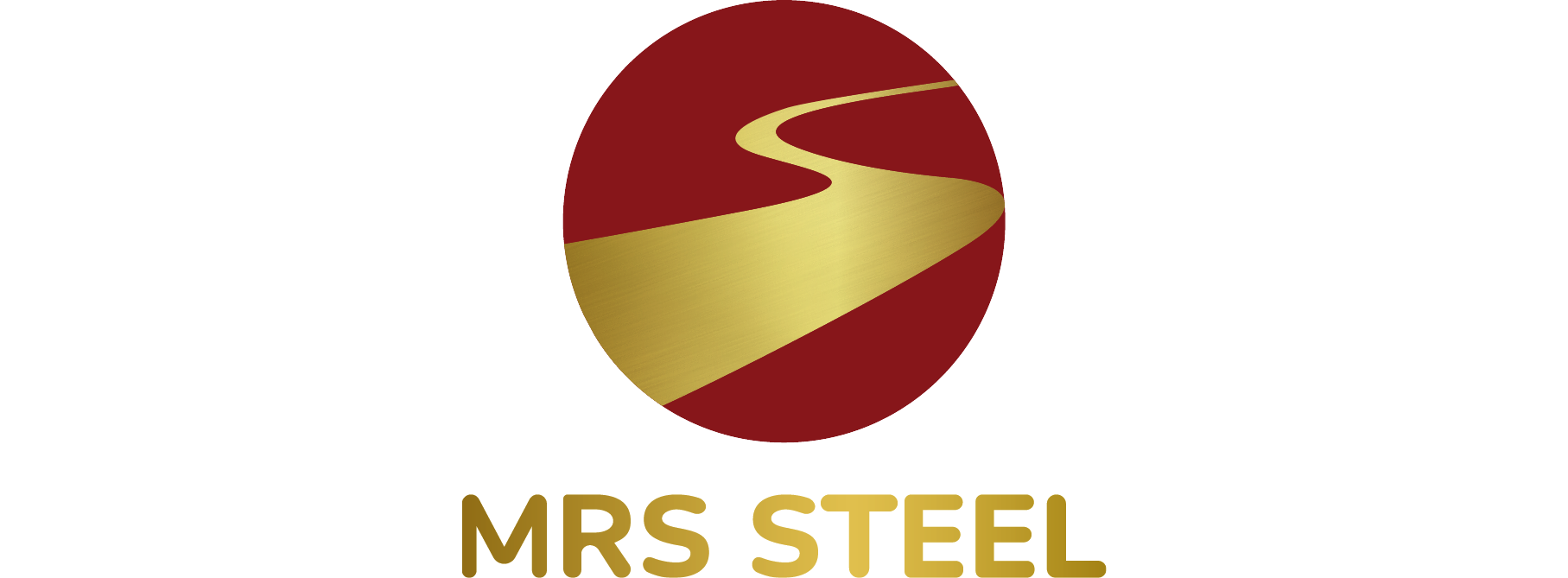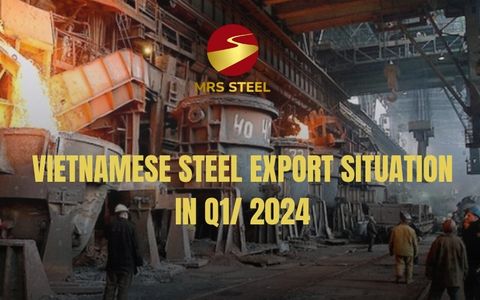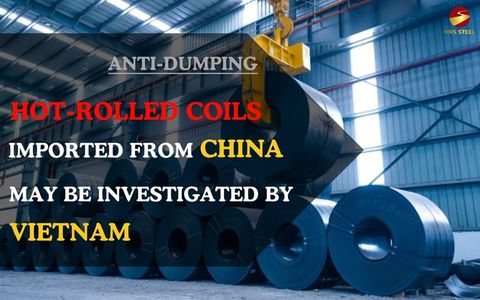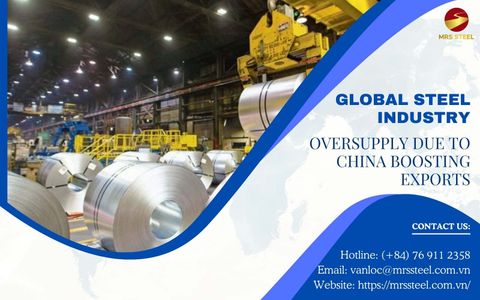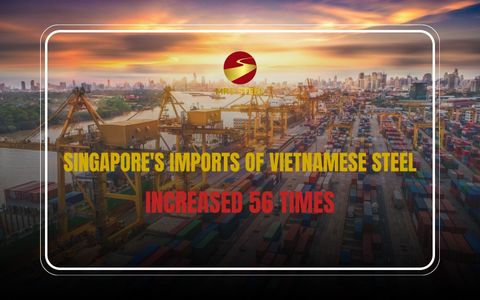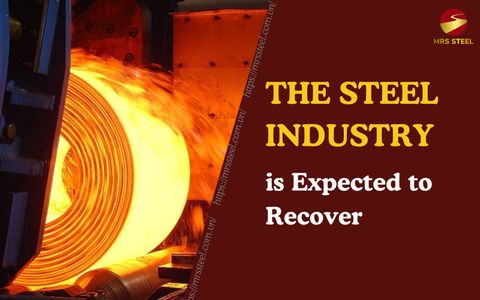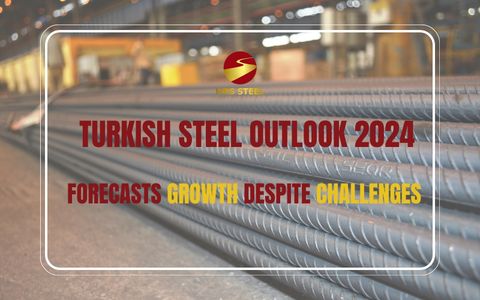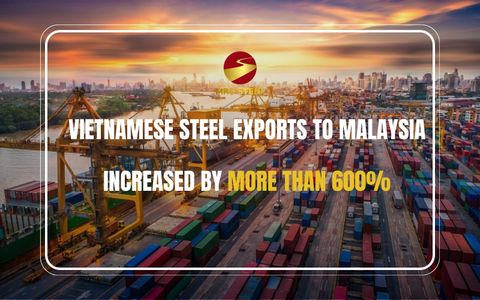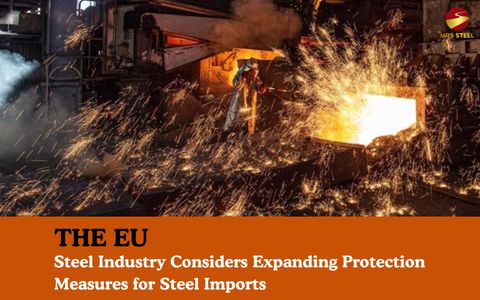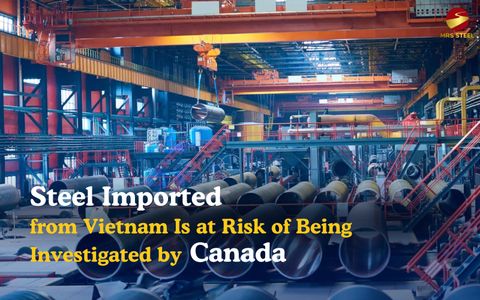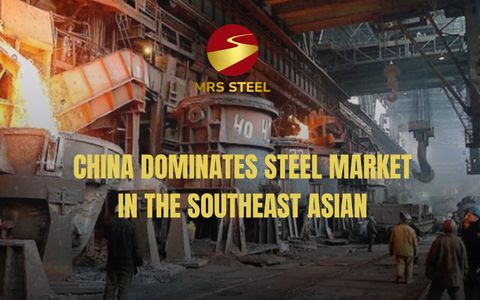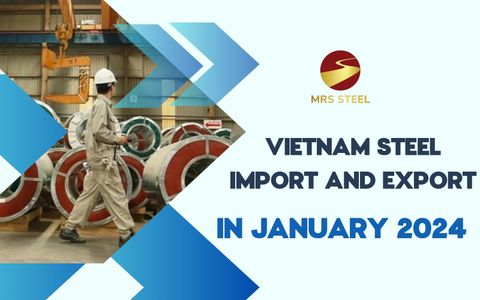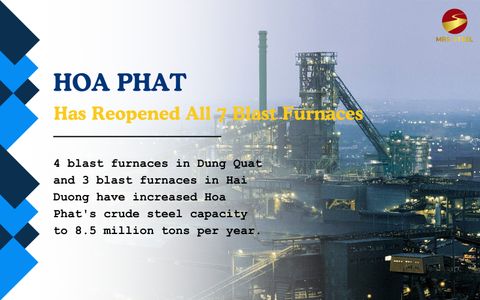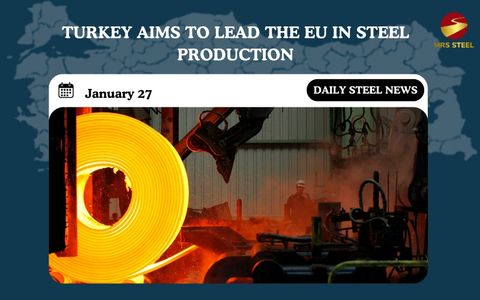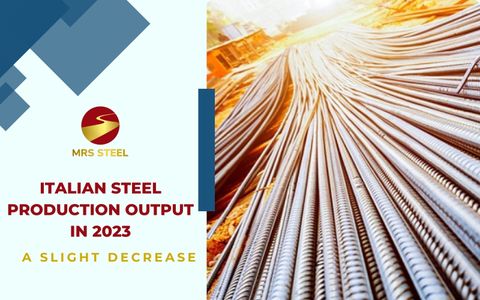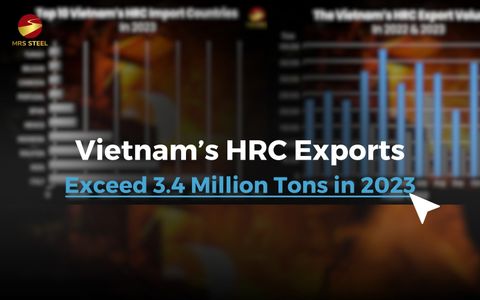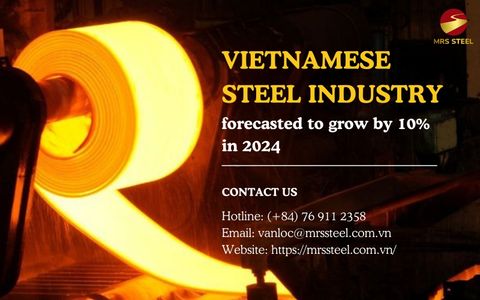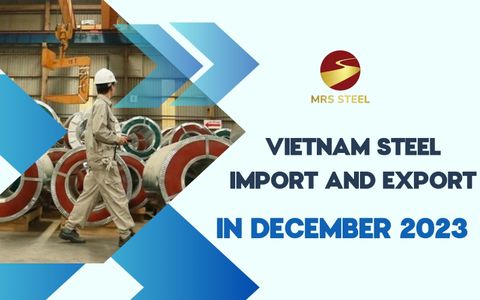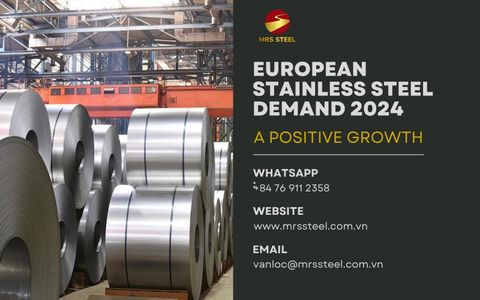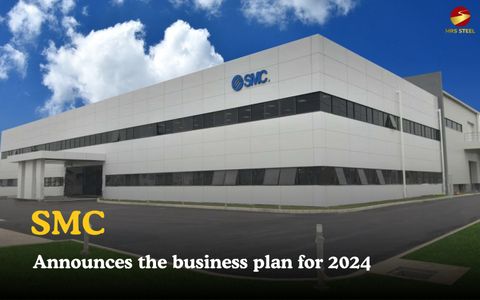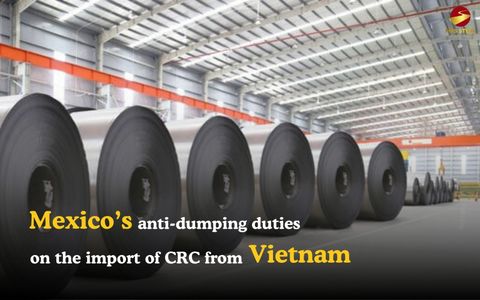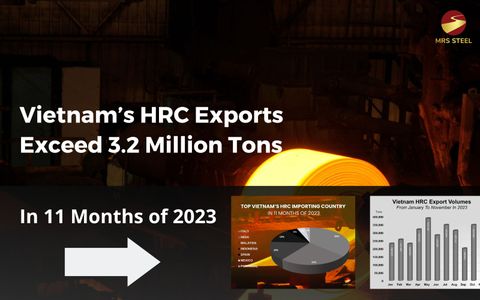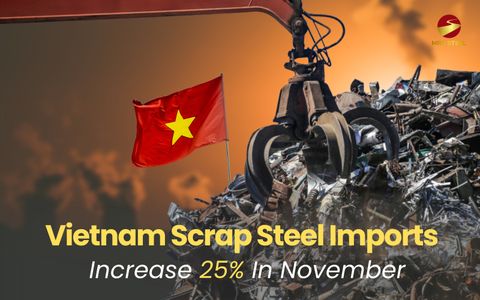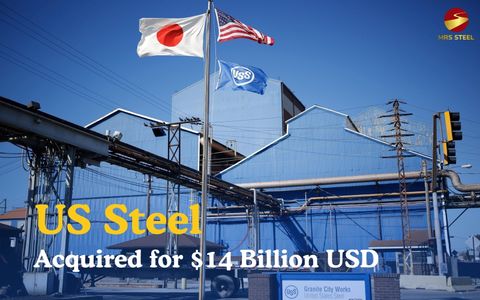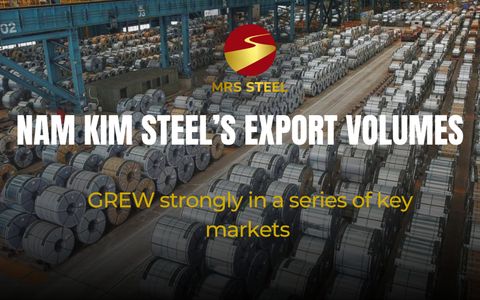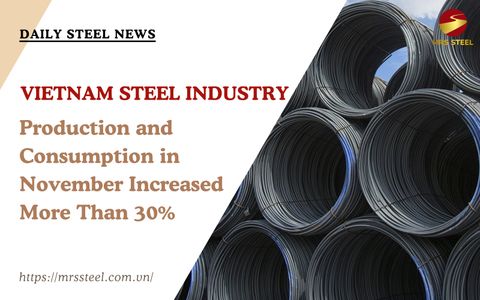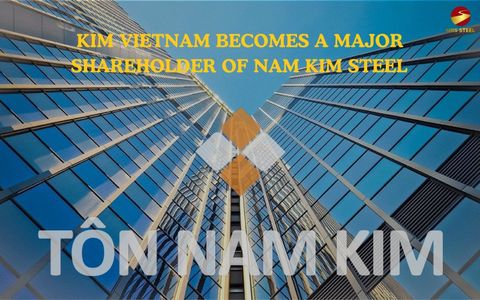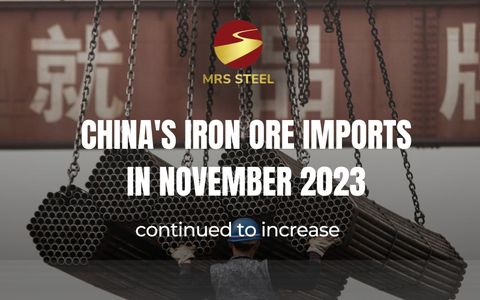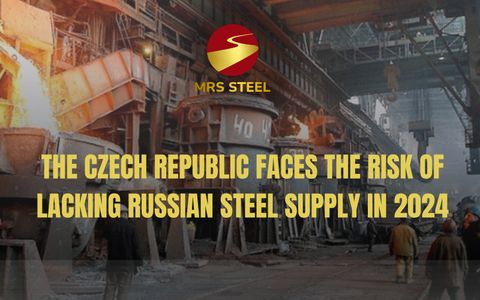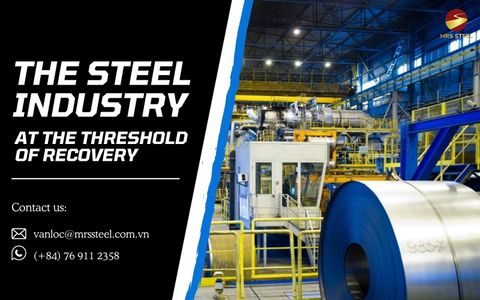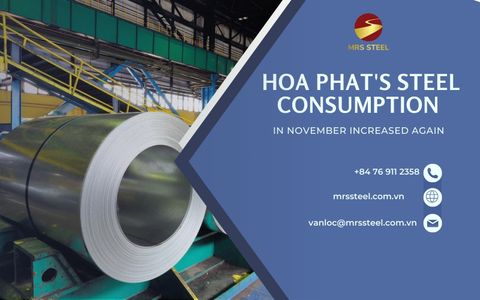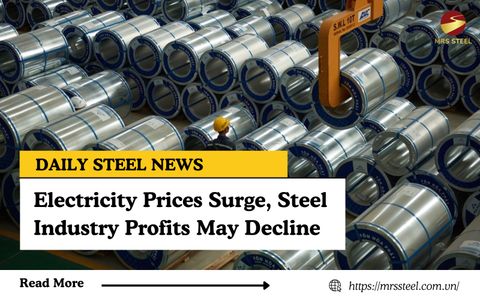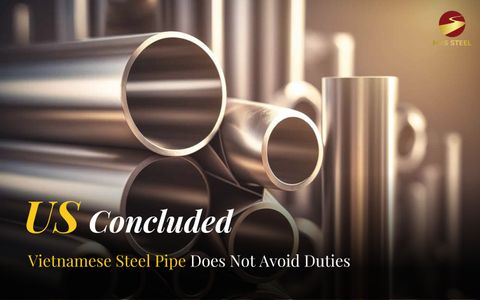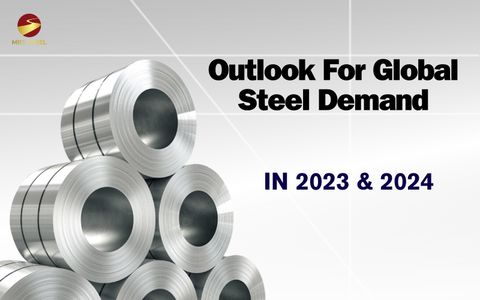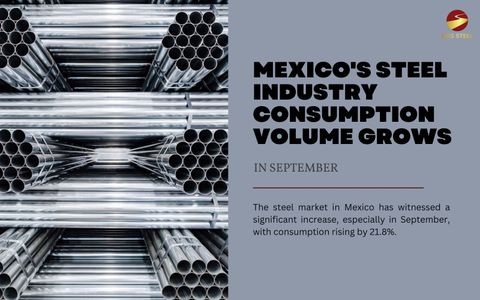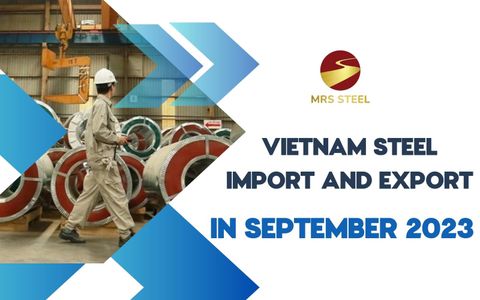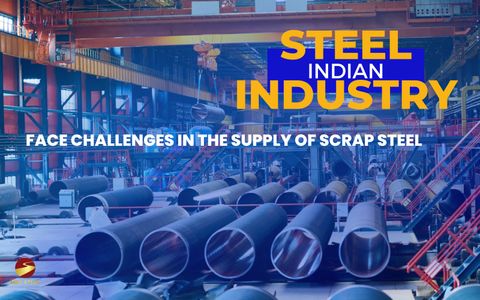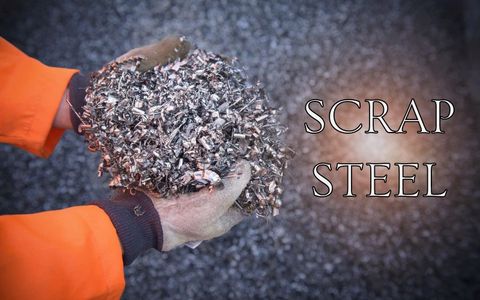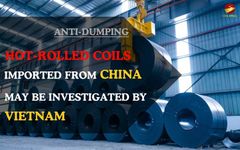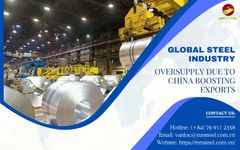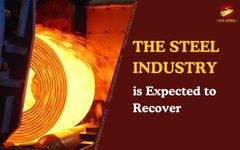Some types of roll forming process that you probably don't know

Steel NewsDate: 06-07-2023 by: Ngan Le
Roll forming is a metal forming process in the chain of steel production steps. A rolling system is understood as a complex operating process with the participation of a series of rollers to move continuously. Accordingly, the steel plate will be placed on the forming line, and the steel will be gradually shaped after a series of bending operations on the roller.
Some standard outputs from the roll forming process
The roll forming line can bend steel, shape steel into tubes, shape steel to specific former, and punch steel holes. After creating the shape, the steel will be cleaned again, at which point the manufacturer can cut and divide them to the desired length.
Roll forming into steel pipe
The initial position of the roller will slightly change the shape of the steel, as the steel is brought to the end of the roller, it will become more and more deformed. In the example illustrating the process of transforming a steel plate to a tubular shape, the distance between the two rollers will initially be similar to the width of the steel, but at the end of the line, the distance between the two rollers will be shortened.

However, the operator needs to be careful about the number of rollers because the number of rollers will affect the bending of the steel, so they need to add more space to increase the length of the production line. Another detail that needs attention is the speed of the chain, when the chain bends the steel too quickly, it will accidentally damage the steel because of exceeding the tensile limit in a short period of time.
Roll forming steel into a specific shape
On the forming line, there will be rollers distributed both on the top and bottom of the line, each roller will have a specific shape that the manufacturer has set up in advance, and when the product passes through the roller will have to get a particular force that is large enough to change the original shape, but not to damage the steel.

So when the steel plate is forced through the roller at each winding station, the surface and shape of the steel will slowly deform until the end of the forming line. In addition, to reduce the friction between the steel plate and the roller, the operator will apply a layer of oil on both the upper and lower rollers to limit the abrasion and support the line speed to be more smooth and faster.
Process of punching, embossing steel
In addition to deforming the steel's shape, it also forms the steel by punching holes and printing patterns on the steel. Depending on the distribution of the roller, the operator can manually adjust the position accordingly.
The advantages of the roll forming process to the manufacturer
Currently, the roll forming process is widely applied in many different industries as well as popularly used in product manufacture because it brings many benefits that can be mentioned such as:
Cost saving: roll forming clearly shows its diversity when it can be applied to any form of metal, not only steel. When running the process, a series of rollers will operate continuously, allowing operators to mass-produce similar products on a large scale.
Environmental protection: roll forming is considered an environmentally friendly process when the input steel has been finished before, thereby, the process will become simple and effortless because the operators don't need to dispose of waste like other methods.
Flexibility: this method allows the operator to change and control the shape of the steel with a certain deformation by simply adding or subtracting the number of rollers.
Creating consensus over the small margin of error: the essence of the roll forming process is to use a consistent force throughout from the beginning to the end. The process output thus reaches perfect curvature with a minimal error margin.
